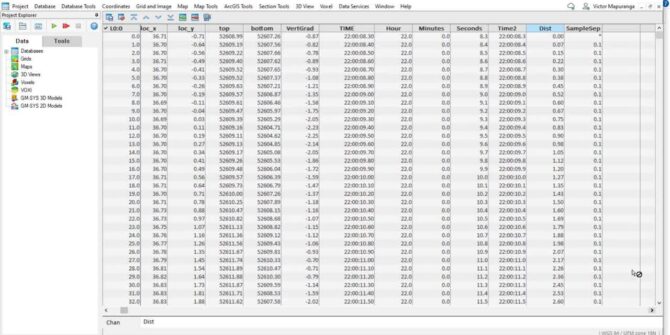
Using the Channel Math Tool to QC geophysical datasets in Oasis Montaj
In this video we show how the user can use the Channel Math tool to calculate sample separation, velocity and heading for the purposes of
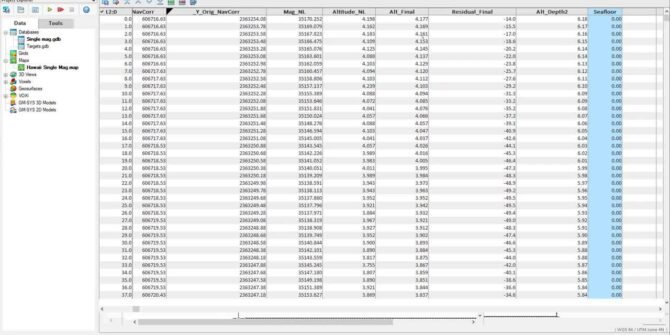
Survey Coverage tool in the UXO marine extension
Using the sensor footprint at the seafloor, and the sensor altitude, easily determine what percent of the survey area has been surveyed and visualise this
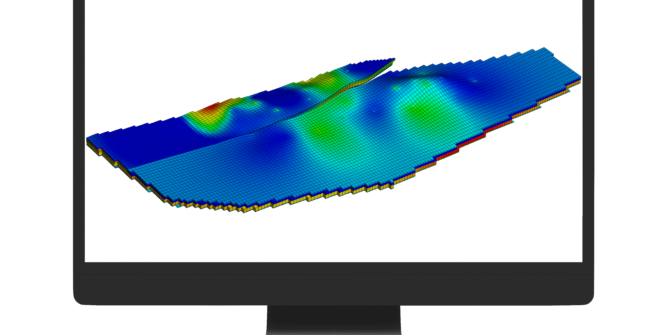
Significant upgrades to flexibility and integration in Leapfrog to support energy transition
With energy transition taking full flight, geoscientists are being forced to integrate different datatypes and are needing flexible tools more than ever. File formats and
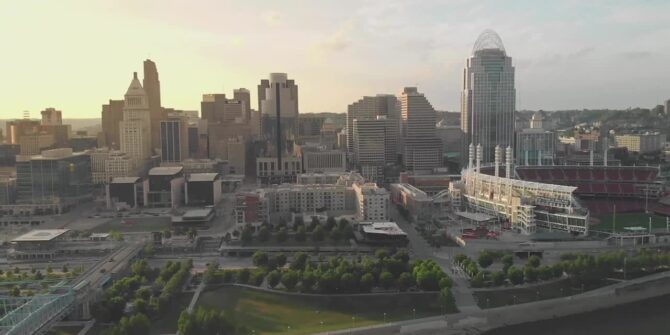
Building cities for the future
“There is absolutely and utterly no point in delivering or developing a city that does not match the needs of the people who need it.”
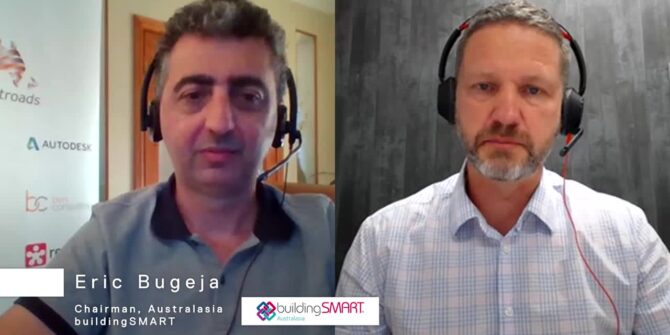
Eric Bugeja, buildingSMART Discusses IFC Interoperability with Pat McLarin, Seequent
In this interview, Pat McLarin, Civil Segment Director at Seequent interviews Eric Bugeja, Chairman, Australasia at buildingSMART to discuss the new initiatives designed to improve
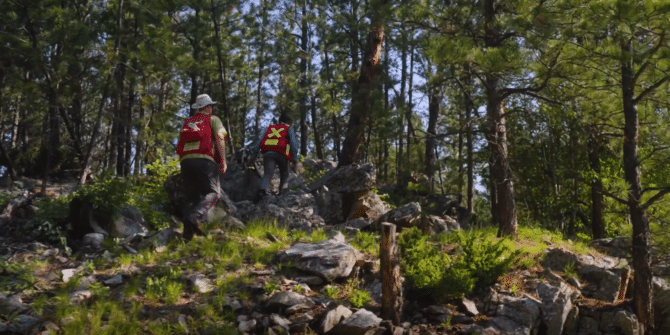
Building a better understanding of the earth beneath
Learn how technical consulting firm, Big Rock Exploration leverage the power of geoscience to get the complete story of F3 Gold’s Black Hills grassroots exploration
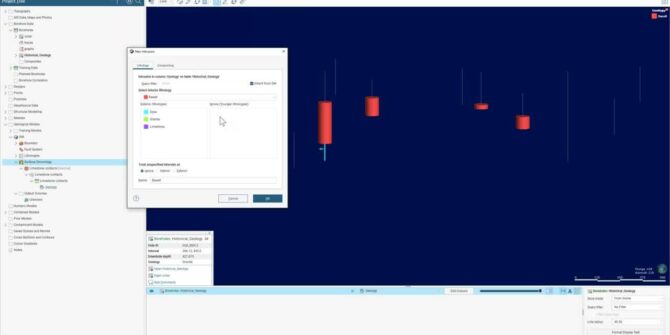
Leapfrog Works Refresher
New to Leapfrog Works or wanting to refresh on the basics? Join us in this instructor-led session to help you get going with Leapfrog. The
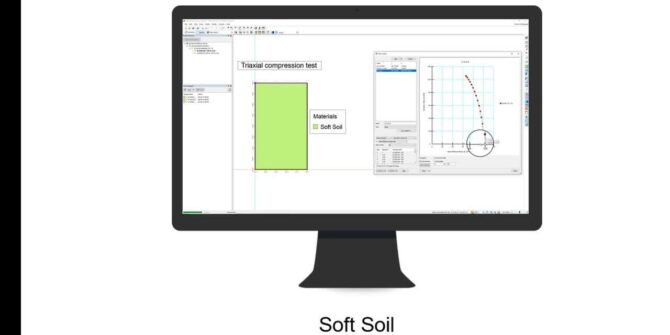
GeoStudio 2021.4 Feature Highlight: SIGMA/W Material Models
The capabilities of our last two releases of the newly reformulated SIGMA/W stress-strain analyses have been improved further with the expansion of our material model




